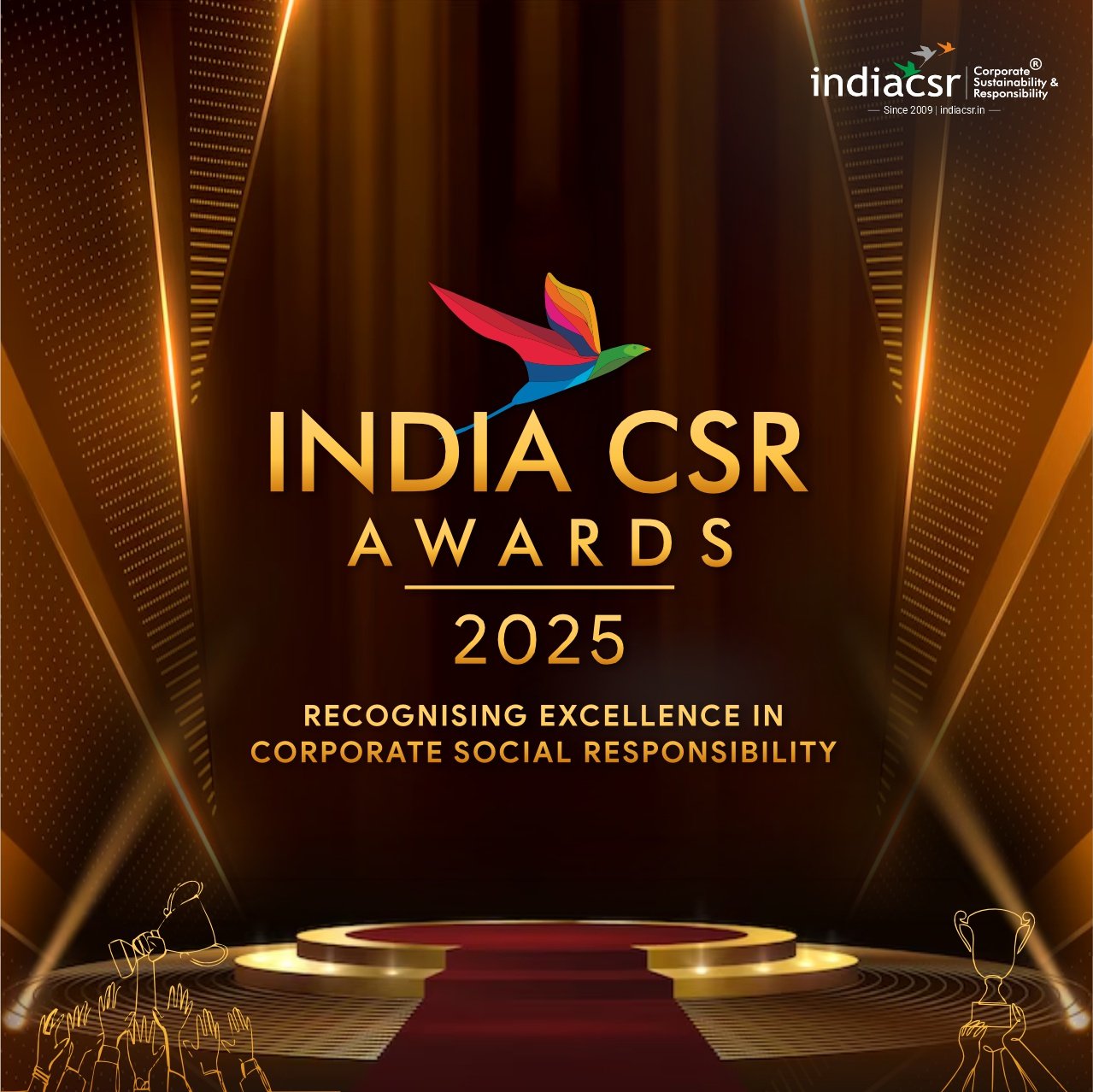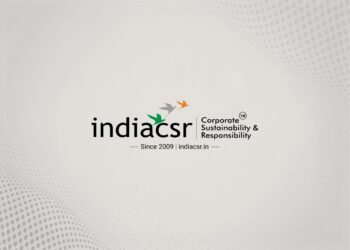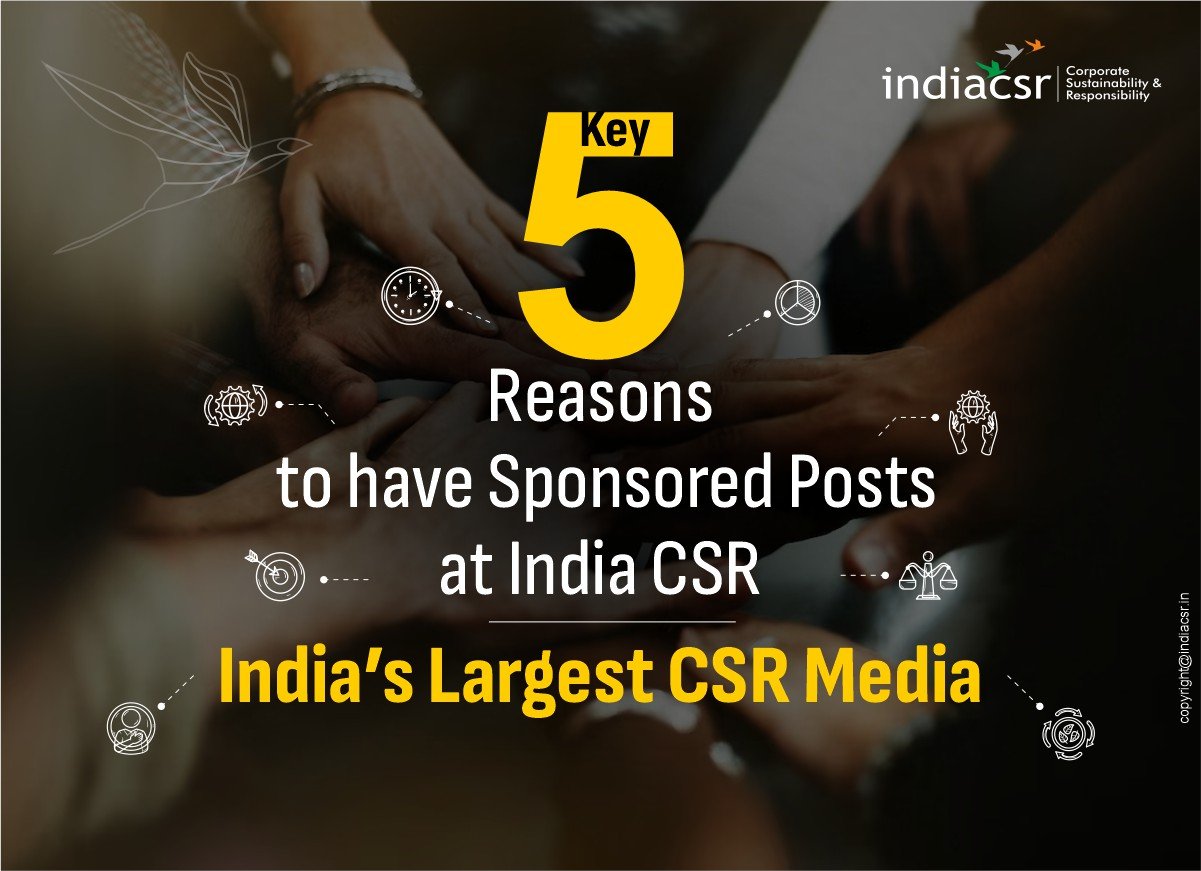Built on O.P. Jindal’s vision and sustained by family control, Jindal Steel stands as a pillar of industrial growth, yet its concentrated ownership sparks ongoing debates about governance, transparency, and the rights of minority shareholders.
MUMBAI (India CSR): Jindal Steel Limited (formerly Jindal Steel & Power Limited), a flagship of the OP Jindal Group, exemplifies the archetype of a family-controlled Indian conglomerate. With promoters holding a commanding 62.2% stake as of March 31, 2025, the ownership structure is highly concentrated in the hands of the Jindal family and associated entities. This promoter dominance—rooted in the vision of founder Shri O.P. Jindal and carried forward by Chairperson Emeritus Smt. Savitri Jindal and Chairman Naveen Jindal—shapes every facet of the company’s operations, from governance to strategy. Drawing from the company’s Integrated Annual Report for FY 2024-25 and latest shareholding disclosures, this analysis dissects how this concentrated ownership influences corporate dynamics, balancing long-term nation-building ambitions with potential governance challenges.
Shareholding Pattern: A Snapshot of Concentration
As per disclosures filed with stock exchanges and reflected in the annual report, the shareholding pattern as on March 31, 2025, reveals a promoter-centric structure:
| Category | Percentage (%) | Key Notes |
|---|---|---|
| Promoter and Promoter Group | 62.2 | Dominated by Jindal family entities; increased from 61.2% in December 2024, signaling consolidation. |
| Foreign Institutional Investors (FIIs) | 9.6 | Decreased from 11.0% in the prior quarter, indicating some foreign capital outflow amid market volatility. |
| Domestic Institutional Investors (DIIs) | 17.7 | Includes mutual funds (approximately 13.3%), insurance companies, and banks; up from 17.3% in December 2024, reflecting growing domestic confidence. |
| Public (Retail and Others) | 9.7 | Primarily individual investors and NRIs; slight dip from 9.8%. |
| Others (including Employee Trust) | 0.8 | Minimal, covering miscellaneous holdings; no significant change. |
This pattern underscores family dominance, with the promoter group—comprising individuals like Naveen Jindal and related companies—exerting majority control. Institutional investors (FIIs + DIIs) hold about 27.3%, providing some counterbalance, while retail shareholders remain a minority at under 10%. The annual report highlights this structure as a pillar of stability, aligning with the founder’s ethos of “industrial self-reliance”, but it also raises questions about power imbalances.
***
Promoter Control and Corporate Governance
The Jindal family’s outsized stake translates into significant influence over board composition and decision-making. In India, SEBI regulations mandate at least 50% independent directors for listed companies, and Jindal Steel complies, with a board of 10 members including 5 independents (as detailed in the Corporate Governance Report).
However, promoter control can subtly erode board independence. For instance, Chairman Naveen Jindal, a promoter, leads the board, potentially aligning decisions with family interests. This concentration fosters efficient governance—evident in swift approvals for capacity expansions, such as scaling steelmaking to 9.6 MTPA —but risks “entrenchment,” where independent voices may be muted.
Historical data from the report illustrates this: The company’s strategic pivot toward sustainability, like adopting low-emission technologies, aligns with the family’s long-term vision but has been executed under promoter-led oversight. While transparency is maintained through timely filings (e.g., quarterly shareholding patterns submitted to BSE and NSE), concentrated ownership can lead to perceptions of opacity if family priorities overshadow broader accountability.
***
Impact on Minority Shareholder Rights
With promoters holding over 62%, minority shareholders (retail and some institutions at ~10%) face diluted influence. However, regulatory safeguards—such as e-voting at the 46th AGM on August 30, 2025—ensure participation. The final dividend declaration (record date August 22, 2025) demonstrates commitment to returns, with EPS at Rs. 27.83 and PAT at Rs. 2,846 Cr, linking ownership to performance. Yet, concentrated control can prioritize family wealth preservation, potentially delaying dividends or favoring related-party transactions.
The annual report notes no major complaints from minorities (Business Responsibility & Sustainability Report), but low retail holding reduces collective bargaining power, making rights protection reliant on SEBI oversight.
***
Financial Transparency and Reporting
Promoter dominance encourages a focus on robust disclosures to maintain investor trust, as seen in the integrated report’s detailed capitals framework. Financial metrics—gross revenue Rs. 58,044 Cr, EBITDA Rs. 9,485 Cr, and net debt-to-EBITDA ratio of 1.26x—are transparently linked to ownership strategy, with promoters’ high stake incentivizing prudent leverage management.
However, family control might limit external scrutiny, potentially masking risks like commodity price volatility. The report’s emphasis on ESG metrics (e.g., CSR spend Rs. 267 Cr) enhances transparency, countering biases from concentration and correlating with strong performance amid India’s steel demand surge.
***
Long-Term Business Direction and Performance Linkage
Concentrated ownership enables a steadfast focus on legacy-driven goals, such as contributing to India’s 300 MTPA steel target by 2030. The Jindal family’s influence is evident in strategic initiatives: commissioning the Continuous Galvanising Line, introducing SIN Beams and hosting TechCatalyst 2025. These drove operational highs—8.12 MT steel production at 85% utilization—reflecting alignment between ownership and performance.
Family dominance mitigates short-term market pressures, allowing investments in sustainability (e.g., 22.51 MTCO2e emissions) and community impact (14.6 million lives benefited). However, it can lead to risk-averse or aggressive expansions based on family vision, as seen in mining 4.85 MT iron ore. Overall, this structure has propelled consistent growth, with cash flow from operations at Rs. 10,824 Cr, illustrating how promoter control fosters resilience in a cyclical industry.
In essence, Jindal Steel’s ownership structure—dominated by the promoter group’s 62.2% stake—drives a purpose-led trajectory, echoing the founder’s call for self-reliant growth. While it bolsters strategic agility and performance, it necessitates vigilant governance to safeguard minority interests and independence. As India eyes a $5 trillion economy, this “Steel of India” remains forged in family mettle, balancing tradition with transparency.
(India CSR)





















